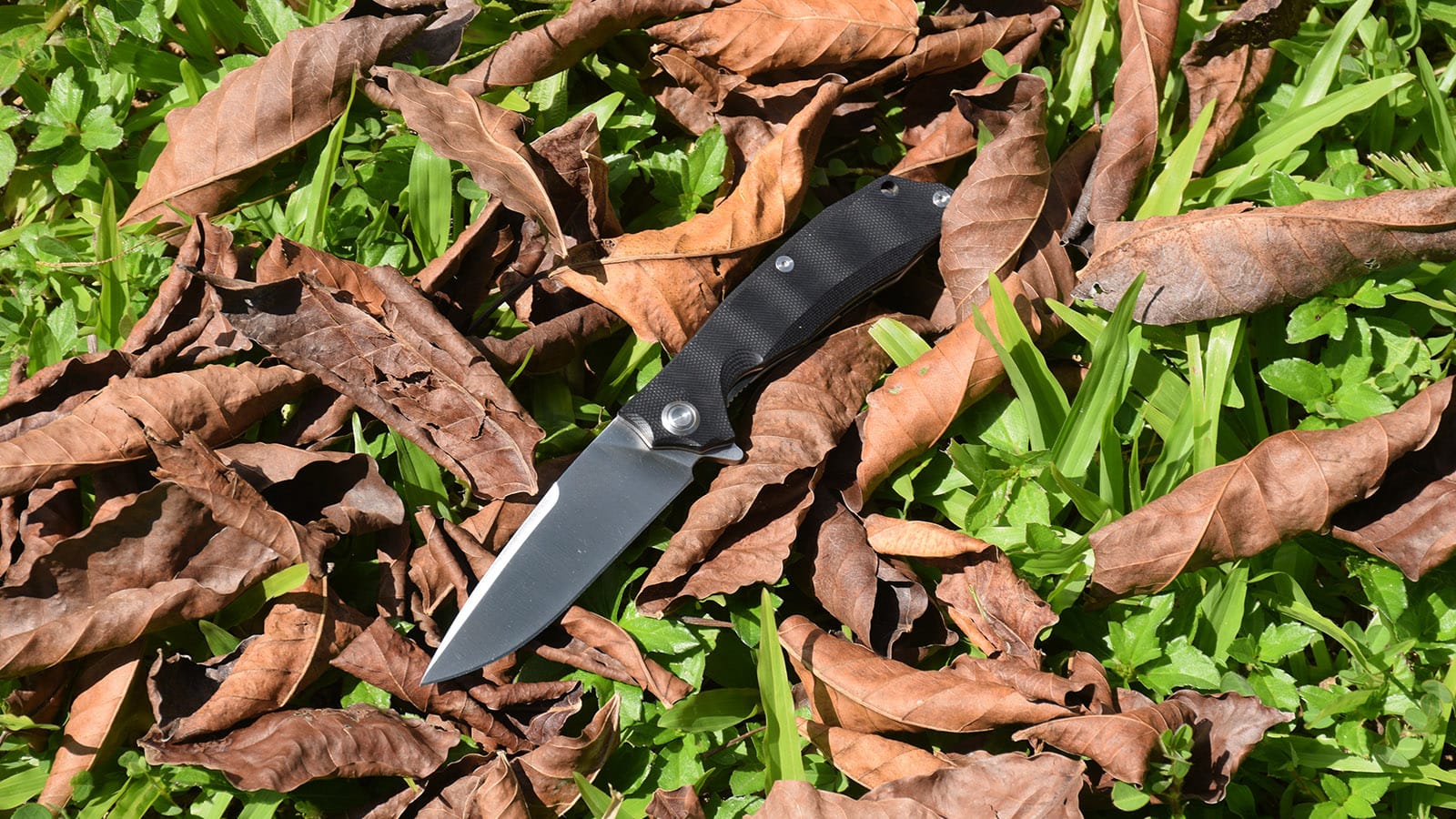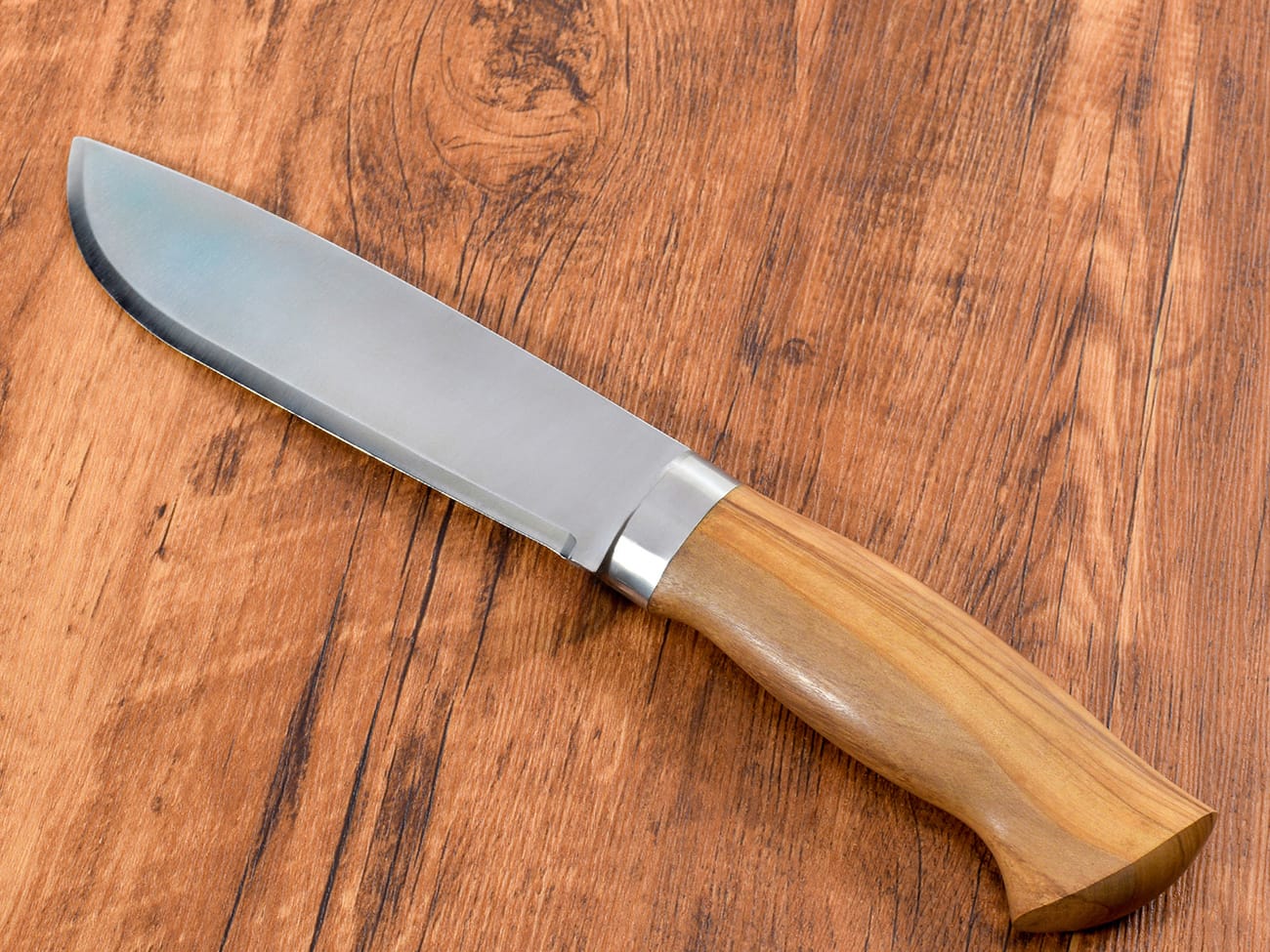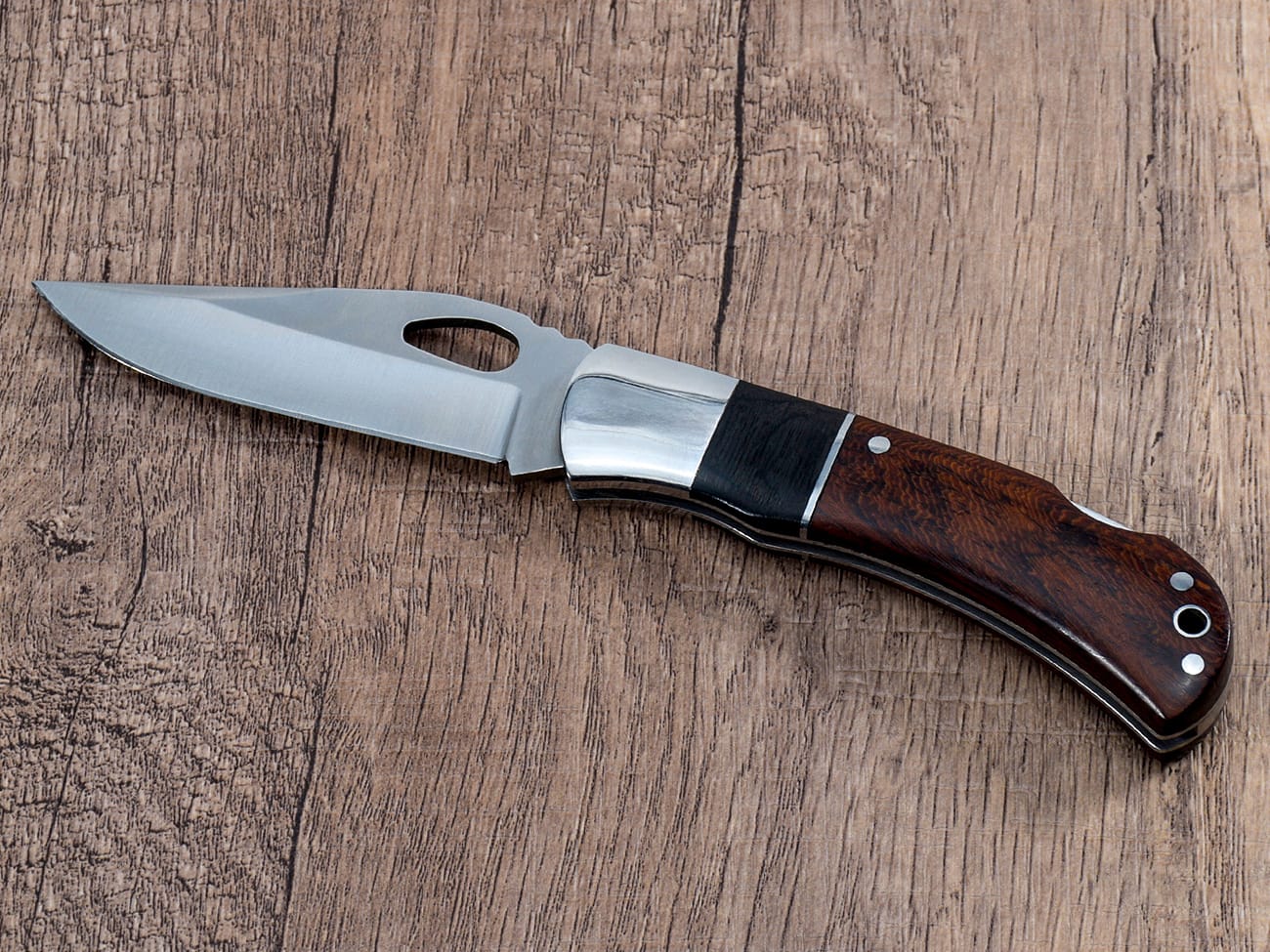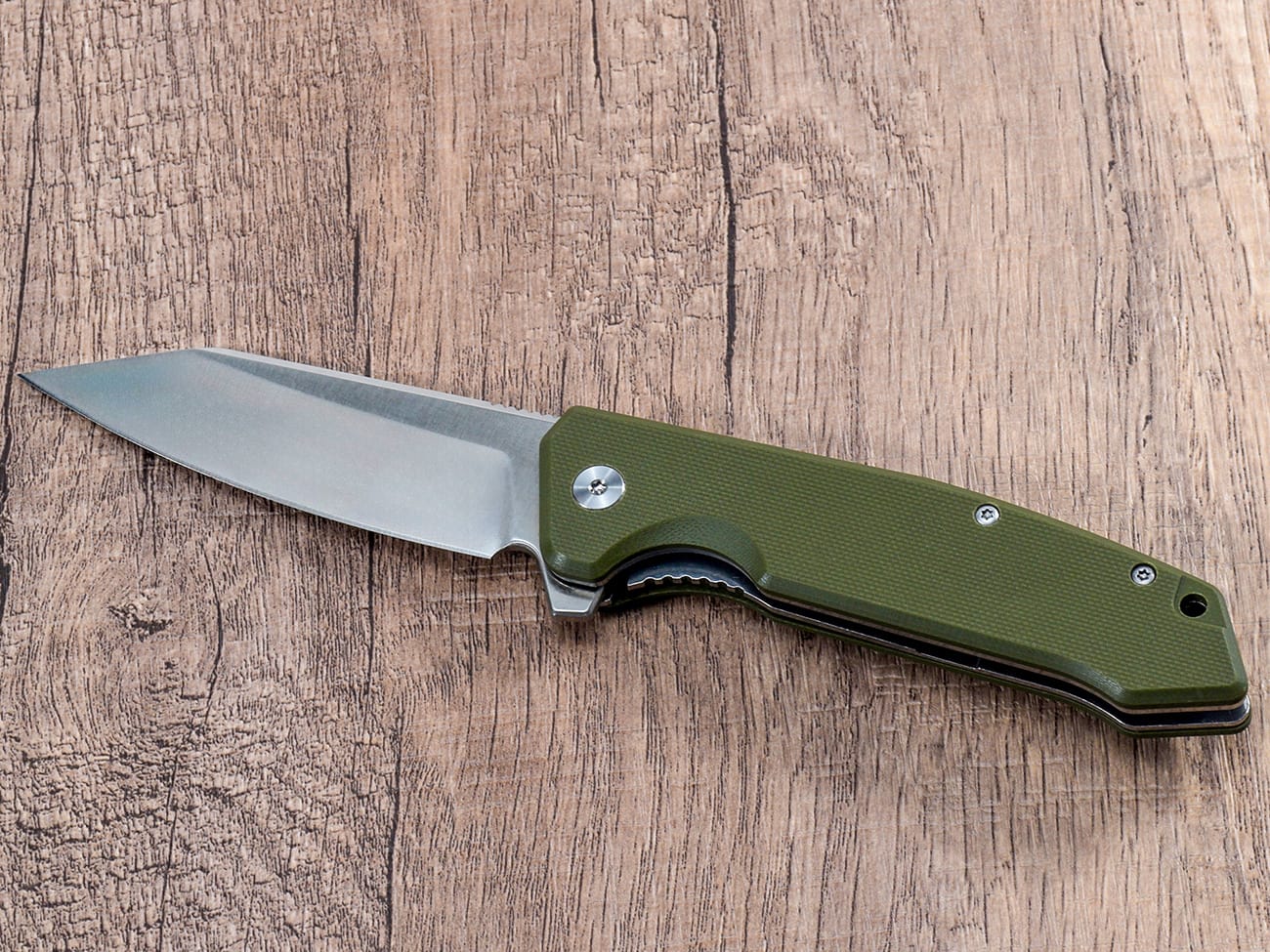A bent knife blade can be incredibly frustrating, but don’t throw away your favorite knife just yet. This comprehensive guide will walk you through the various methods and techniques for salvaging and straightening bent blades. Whether you’re dealing with a custom pocket knife or a cherished chef’s knife, understanding the repair process can save you money and preserve your valuable tools.
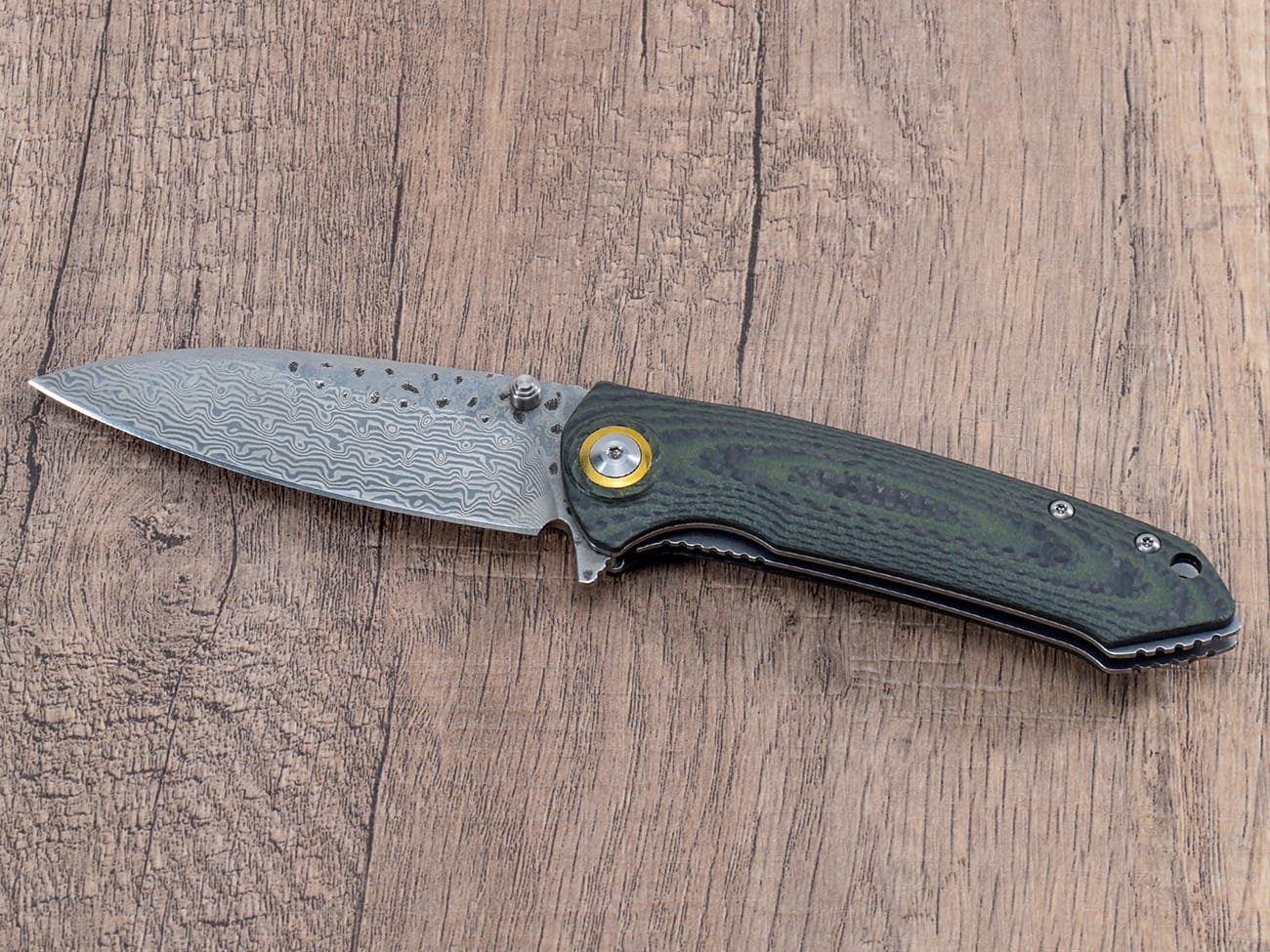
Damascus steel pocket knife with G10 handle and pocket clip
What Causes a Knife Blade to Bend?
Before attempting to repair a bent blade, it’s important to understand what causes knife blades to warp or bend:
- Excessive lateral pressure during use
- Improper storage conditions
- Temperature fluctuations
- Impact damage
- Using the knife for prying
Is It Worth Fixing a Bent Knife Blade?
The decision to repair a bent blade depends on several factors:
- The severity of the bend
- The knife’s material and construction
- The blade’s value (stainless steel blade vs. cheaper materials)
- Your emotional attachment to the knife
- Cost of replacement vs. repair
How to Assess the Damage to Your Knife
Before attempting any repair, carefully evaluate:
- The angle of the bend
- Location of the bend
- Whether there are multiple bends
- Signs of additional damage
- The blade’s material composition
Can You Straighten a Knife Blade Without Heat?
For slightly bent blades, cold straightening might be possible:
- Use a rubber mallet and wooden blocks
- Apply gentle, consistent pressure
- Work gradually to avoid further damage
- Check progress frequently
Heat Treatment Methods for Bent Blades
When working with a fixed blade knife, heat treatment may be necessary:
- Heat the blade to proper tempering temperature
- Use appropriate safety equipment
- Apply controlled pressure while hot
- Allow proper cooling time
- Re-temper if necessary
Professional Repair vs. DIY: What’s Best?
Consider these factors when deciding between professional and DIY repair:Professional Repair Benefits:
- Expertise and proper equipment
- Guaranteed results
- Maintains warranty (if applicable)
DIY Repair Benefits:
- Cost-effective
- Immediate solution
- Learning experience
Common Mistakes to Avoid When Fixing a Bent Blade
Be aware of these potential pitfalls:
- Rushing the repair process
- Using excessive force
- Improper heating techniques
- Neglecting safety precautions
- Skipping the re-tempering step
How to Prevent Future Blade Damage
Protect your EDC knife with these preventive measures:
- Proper storage techniques
- Regular maintenance
- Correct usage methods
- Temperature control
- Appropriate cutting surfaces
When to Replace Instead of Repair
Sometimes replacement is the better option:
- Severe structural damage
- Multiple repair attempts
- Cost-prohibitive repairs
- Compromised safety
- Irreparable heat treatment damage
After-Repair Care and Maintenance
Once repaired, maintain your blade properly:
- Regular cleaning
- Proper storage
- Periodic sharpening
- Alignment checks
- Preventive maintenance
Key Takeaways:
- Assess damage thoroughly before attempting repairs
- Consider professional help for severe bends
- Use appropriate techniques based on blade material
- Prioritize safety during repair process
- Maintain proper care after repair
- Prevention is better than cure
Remember these essential points to keep your knives in optimal condition and extend their lifespan. With proper care and maintenance, many bent blades can be salvaged and returned to full functionality.

